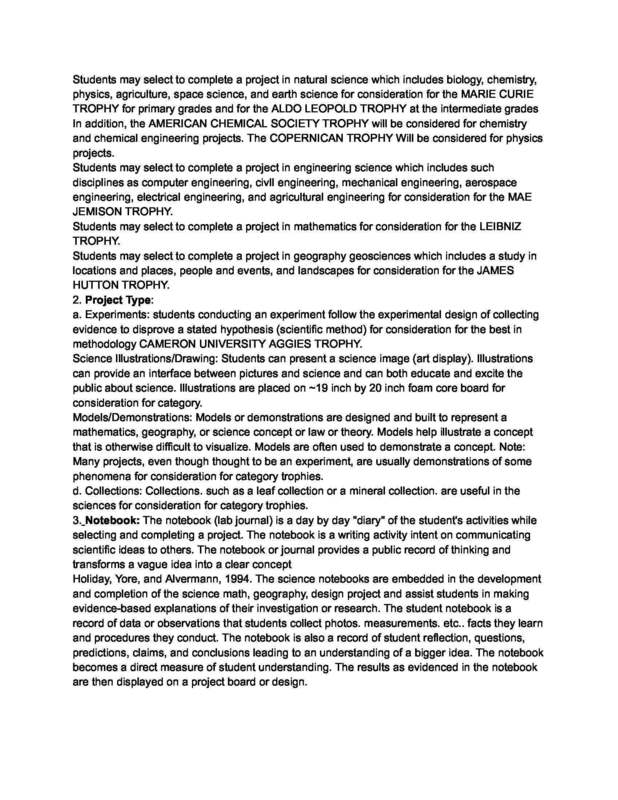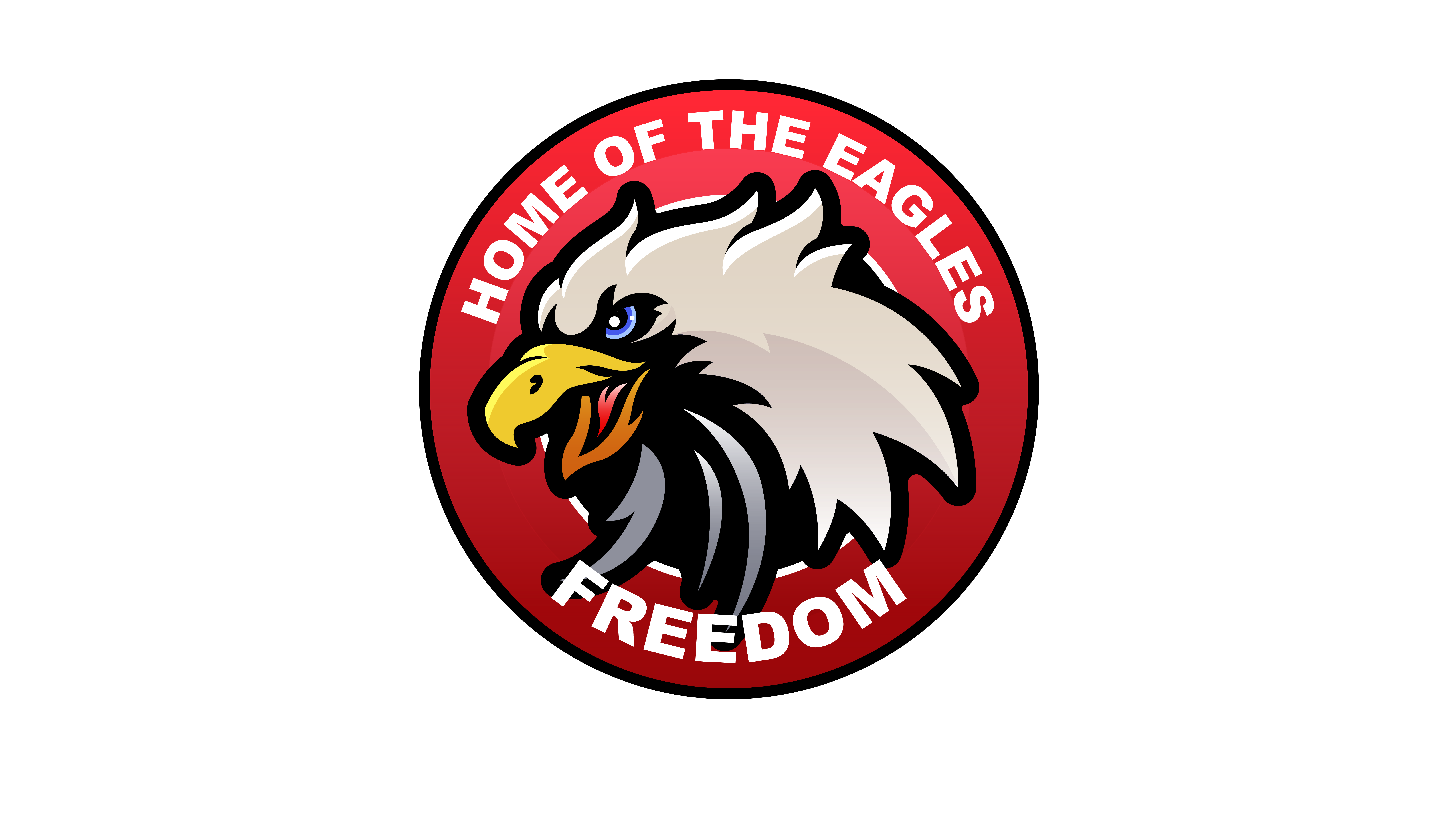Freedom Science Fair!


We have been learning about the scientific method in Makerspace. Kindergarten through fifth grade students have an opportunity to enter a project into the Freedom Science Fair!
Projects are due by Thursday, March 23rd, and may be turned in to Makerspace teachers.
Class winners will be on display in the library for students to view. Staff will select one finalist, from each grade, to represent Freedom in Cameron University’s Science Exposition. If selected, you will be given more information.
To qualify as a finalist, students must meet Cameron’s criteria and model the scientific method.
The Cameron University Science Exposition (VLSE) rules and expectations:
1.Each display must not be larger than three (3) feet by three (3) feet on a table top. There is no height restriction.
2. Displays or any part of the display cannot be placed on the floor.
3. NO electrical outlets are provided
4. The display is a static, stand-alone display. Students will not be present during judging.
5. Display items must fit in front of the display board. Displays can be decorated with visual aids.
6. No live animals can be displayed.
7. Chemicals used for the display are done so in empty bottles: plants used in a display must be cared for: and safety and welfare of living organisms is required shown in the journal).
8. Each display must be accompanied with a science notebook or journal.
9. All entries must be endorsed by the student's school, including those students home-schooled or attending private schools.
10. Student entries categories include geography, mathematics, natural sciences, behavioral sciences, and engineering.
11. The project entry types can be an experiment. a model or demonstration. a collection. or a science illustration.
12. Group projects are allowed but there is only one award trophy, ribbon, etc.. Group projects are more often allowed in the lower grades (K-3).
The Cameron University Young Learners Science Exposition (K-5 Science Fair) Definitions:
Categories:
Students may select to complete a project in behavioral science which includes psychology, sociology, and family science for consideration for the GAYLORD NELSON TROPHY.
Students may select to complete a project in natural science which includes biology, chemistry, physics, agriculture, space science, and earth science for consideration for the MARIE CURIE TROPHY for primary grades and for the ALDO LEOPOLD TROPHY at the intermediate grades
In addition, the AMERICAN CHEMICAL SOCIETY TROPHY will be considered for chemistry and chemical engineering projects. The COPERNICAN TROPHY Will be considered for physics projects.
Students may select to complete a project in engineering science which includes such disciplines as computer engineering, civIl engineering, mechanical engineering, aerospace engineering, electrical engineering, and agricultural engineering for consideration for the MAE JEMISON TROPHY.
Students may select to complete a project in mathematics for consideration for the LEIBNIZ TROPHY.
Students may select to complete a project in geography geosciences which includes a study in locations and places, people and events, and landscapes for consideration for the JAMES HUTTON TROPHY.
2. Project Type:
a. Experiments: students conducting an experiment follow the experimental design of collecting evidence to disprove a stated hypothesis (scientific method) for consideration for the best in methodology CAMERON UNIVERSITY AGGIES TROPHY.
Science Illustrations/Drawing: Students can present a science image (art display). Illustrations can provide an interface between pictures and science and can both educate and excite the public about science. Illustrations are placed on ~19 inch by 20 inch foam core board for consideration for category.
Models/Demonstrations: Models or demonstrations are designed and built to represent a mathematics, geography, or science concept or law or theory. Models help illustrate a concept that is otherwise difficult to visualize. Models are often used to demonstrate a concept. Note: Many projects, even though thought to be an experiment, are usually demonstrations of some phenomena for consideration for category trophies.
d. Collections: Collections. such as a leaf collection or a mineral collection. are useful in the sciences for consideration for category trophies.
3. Notebook: The notebook (lab journal) is a day by day "diary" of the student's activities while selecting and completing a project. The notebook is a writing activity intent on communicating scientific ideas to others. The notebook or journal provides a public record of thinking and transforms a vague idea into a clear concept
Holiday, Yore, and Alvermann, 1994. The science notebooks are embedded in the development and completion of the science math, geography, design project and assist students in making evidence-based explanations of their investigation or research. The student notebook is a record of data or observations that students collect photos. measurements. etc.. facts they learn and procedures they conduct. The notebook is also a record of student reflection, questions, predictions, claims, and conclusions leading to an understanding of a bigger idea. The notebook becomes a direct measure of student understanding. The results as evidenced in the notebook are then displayed on a project board or design.
We can't wait to see what our young scientists choose to learn about! Please look over the science fair rules and expectations before getting started!

